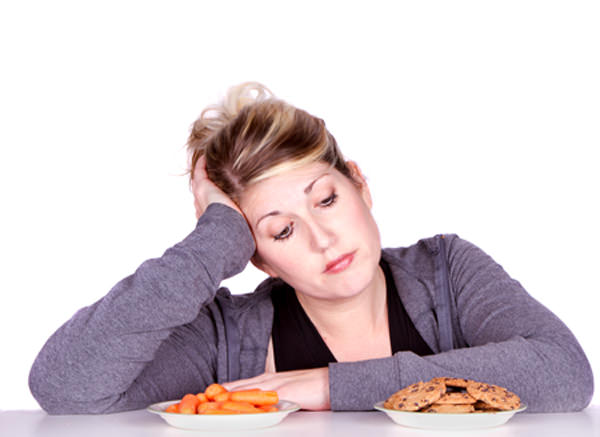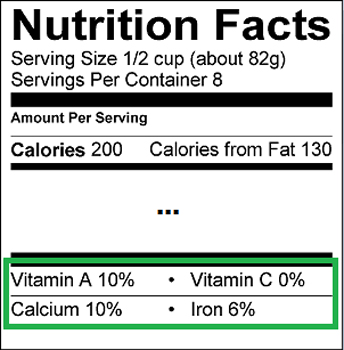By Jonathan Bailor
In part one of this article, we covered why the traditional calorie counting approach to weight loss fails for more than 95 percent of us. Now let’s cover the simple scientific alternative: Enabling our body to automatically balance calories for us around a slimmer set-point.
Too Good To Be True?
To get started, it sounds like I’m saying that our body can keep us slimmer much like it currently keeps us heavier, and that sounds too good to be true, right? Maybe not. We all know people who eat a lot and exercise a little and stay slim. They’re called naturally thin people, and they prove that the human body is capable of keeping us slim as reliably as it keeps us heavy. So the question is not: “Can the body burn fat automatically?” The question is: “How do we get our body to burn fat automatically like a naturally thin person?” Science shows us that the answer is surprisingly simple.
How Burning Fat Is Like Running Fast
Before we dig into the specifics of getting our bodies to work more like a naturally thin person’s body, let’s quickly set expectations by comparing our ability to burn fat with our ability to run fast. Everyone can run faster if they put a little effort in, but only a few of us will achieve world-class results no matter how much effort we put in. Why? Our genetics play a big role in how fast we are. Back to burning fat. Everyone can be slimmer if they put a little effort in, but only a few of us will achieve world-class results no matter how much effort we put in. Why? Our genetics play a big role in how slim we are.
The Good and Bad News of Burning Body Fat
So there’s good news and bad news. Let’s start with the bad news. For all intents and purposes we’re as likely to look like a fitness magazine cover model as we are to get on the cover of Sports Illustrated. On to the good news. I used the term “a little effort” earlier on purpose. Once we have access to simple and proven science instead of complex and profit-driven myths, getting and staying as slim as our genetics allow is much easier than we’ve been lead to believe.
For example, here’s are five simple steps to enable your body to work more like the body of a naturally thin person: (more…)






